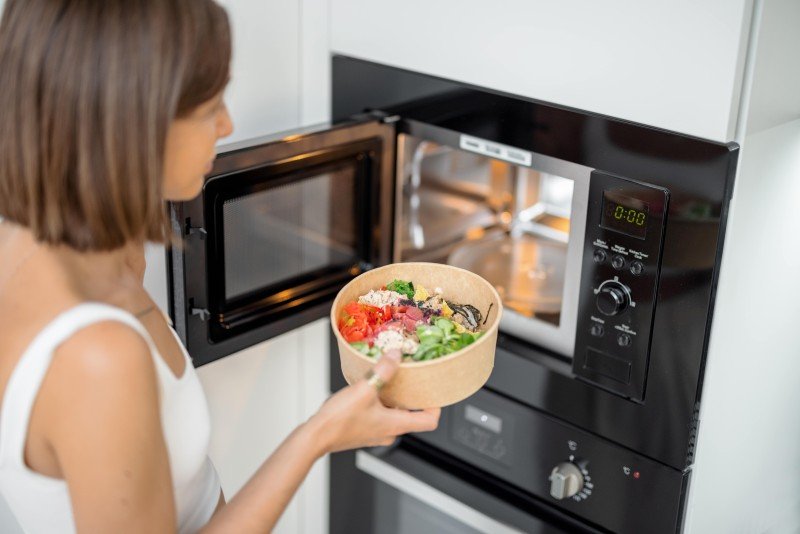How To Design And Create Successful Hob And Oven Tutorials From Home

Understanding Hobs and Ovens: The Essential Kitchen Appliances
In the world of kitchen devices, few products are as vital as hobs and ovens. These home appliances form the backbone of cooking activities, allowing individuals to develop everything from basic meals to elaborate feasts. Comprehending the distinctions, types, and performances of hobs and ovens can considerably enhance one's cooking experience. This short article explores the intricacies of hobs and ovens, offering insights that cater to both newbie and seasoned cooks.
What Is a Hob?
A hob, frequently described as a cooktop or range top, is the flat surface on which pots and pans are placed for cooking. Hobs are geared up with heating elements that produce the needed heat for cooking food. They can be found in numerous kinds, including gas, electric, induction, and ceramic choices. Each type uses unique advantages and disadvantages.
Kinds of Hobs
Gas Hobs:
- Heat Source: Natural gas or gas.
- Benefits: Instant heat control and responsiveness, preferred by lots of chefs for exact cooking.
- Drawbacks: Requires a gas connection and can be less energy-efficient.
Electric Hobs:
- Heat Source: Electric coils or smooth glass-ceramic surfaces.
- Benefits: Generally much easier to clean, even heating, and widely available.
- Drawbacks: Slower to heat up and cool down compared to gas.
Induction Hobs:
- Heat Source: Electromagnetic currents.
- Advantages: Quick heating, energy-efficient, and only heats the cookware, not the surrounding surface.
- Downsides: Requires suitable pots and pans (ferrous materials).
Ceramic Hobs:
- Heat Source: Electric and has a smooth glass surface area.
- Benefits: Sleek appearance, simple to tidy, and even heating.
- Drawbacks: Can take longer to warm up and cool down.
What Is an Oven?
An oven is an enclosed home appliance that cooks food by surrounding it with dry heat. Ovens can be standalone units or integrated with hobs in a single device referred to as a range. Ovens are versatile tools that can be used for baking, roasting, broiling, and more.
Types of Ovens
Conventional Ovens:
- Heat Source: Electric or gas.
- Benefits: Good for conventional baking and roasting.
- Disadvantages: Can have unequal heat distribution.
Convection Ovens:
- Heat Source: Electric or gas with a fan for circulating air.
- Advantages: More even cooking and quicker cooking times due to airflow.
- Disadvantages: Can be costlier and might require changes in cooking times.
Microwave Ovens:
- Heat Source: Microwaves.
- Advantages: Quick cooking and reheating; great for thawing.
- Downsides: Can not brown or crisp food well.
Steam Ovens:
- Heat Source: Steam generation.
- Advantages: Retains nutrients and moisture in food, healthier cooking choice.
- Downsides: Longer cooking times and normally greater expense.
Secret Differences Between Hobs and Ovens
While hobs and ovens serve the primary function of cooking food, their performances and uses vary substantially. The following table summarizes these crucial differences:
| Feature | Hob | Oven |
|---|---|---|
| Cooking Method | Direct heat | Enclosed heat |
| Primary Use | Boiling, sautéing, frying | Baking, roasting |
| Heat Source | Gas, electric, induction | Gas, electric, steam |
| Cooking Area | Flat surface area | Enclosed area |
| Cooking Time | Typically quicker | Varies based upon dish |
| Control & & Precision | Immediate and direct | Depend on settings and timers |
Benefits of Using Hobs and Ovens Together
Integrating making use of a hob and an oven can greatly improve the cooking procedure. Here are some advantages:
- Versatility: Different types of food can be prepared simultaneously.
- Performance: Using both permits different cooking strategies, such as searing on the hob and baking in the oven.
- Time-Saving: Multi-tasking can considerably decrease general cooking time.
Upkeep and Care
To guarantee the durability of hobs and ovens, regular maintenance is necessary. Here are some suggestions:
For Hobs:
- Clean spills instantly to prevent staining.
- Usage proper cleaners for specific materials (e.g., ceramic cleaner for glass-ceramic hobs).
- Frequently inspect gas connections for leakages (for gas hobs).
For Ovens:
- Wipe down the interior after each usage to avoid build-up.
- Usage self-cleaning features if available, or use oven cleaners for hard stains.
- Frequently examine seals and gaskets for wear and tear (to preserve heat efficiency).
Frequently asked questions About Hobs and Ovens
1. What is the very best kind of hob for a novice cook?
Answer: A ceramic or electric hob is frequently suggested for beginners due to reduce of use and cleaning.
2. Can I use any pots and pans on an induction hob?
Response: No, induction hobs need pots and pans made from magnetic products (e.g., cast iron or stainless-steel).
3. How often should I clean my oven?
Response: It is suggested to clean your oven every few months, or more regularly if you use it often.
4. Is Fan Ovens For Sale to bake in a stove?
Response: Yes, stoves are frequently better for baking as they supply even heat circulation. However, some fragile dishes might gain from standard ovens.
Understanding the functionality and differences between hobs and ovens is essential for any cooking lover. Whether one chooses the instantaneous heat of a gas hob or the accuracy of an induction cooktop, each type uses distinct advantages. Likewise, ovens differ widely in function, from traditional baking to steam cooking. By valuing Electric Ovens Online in cooking, cooks can enhance their culinary abilities and improve their kitchen activities.

